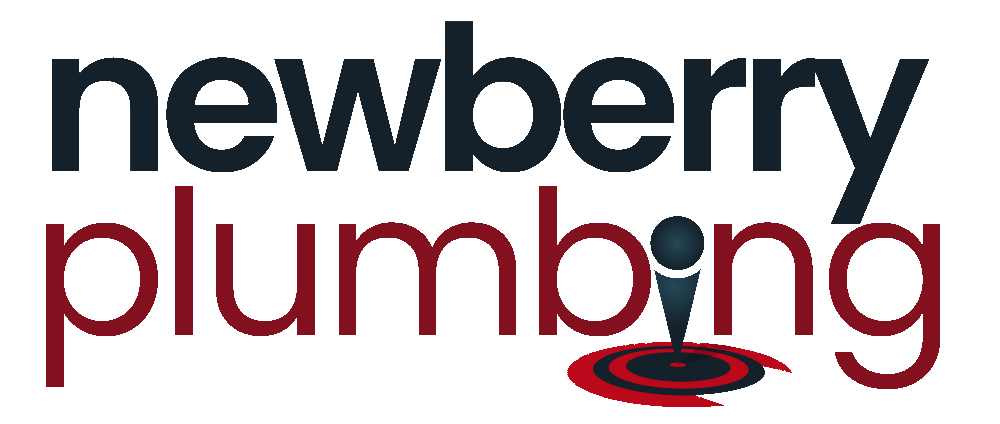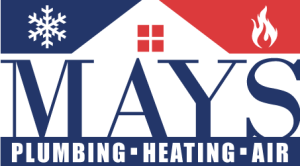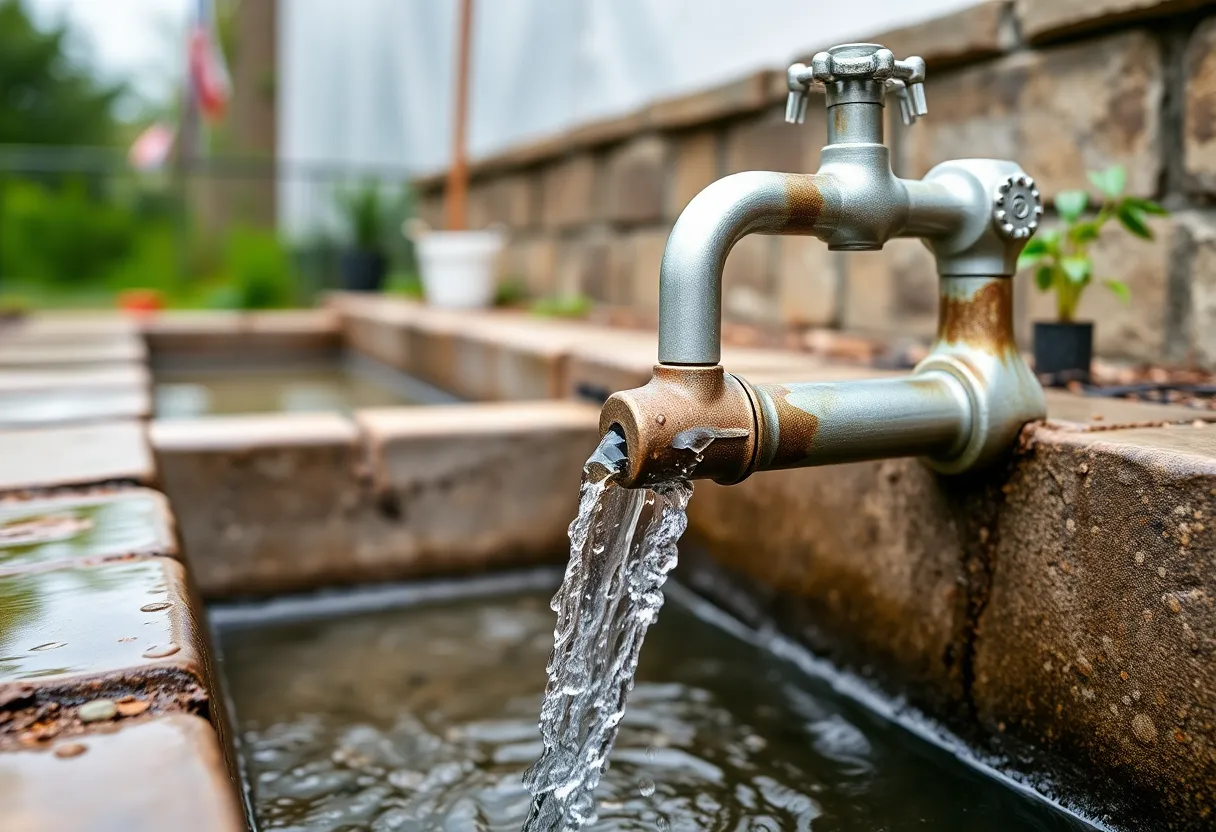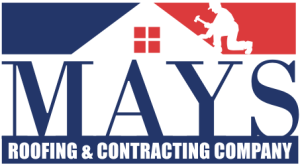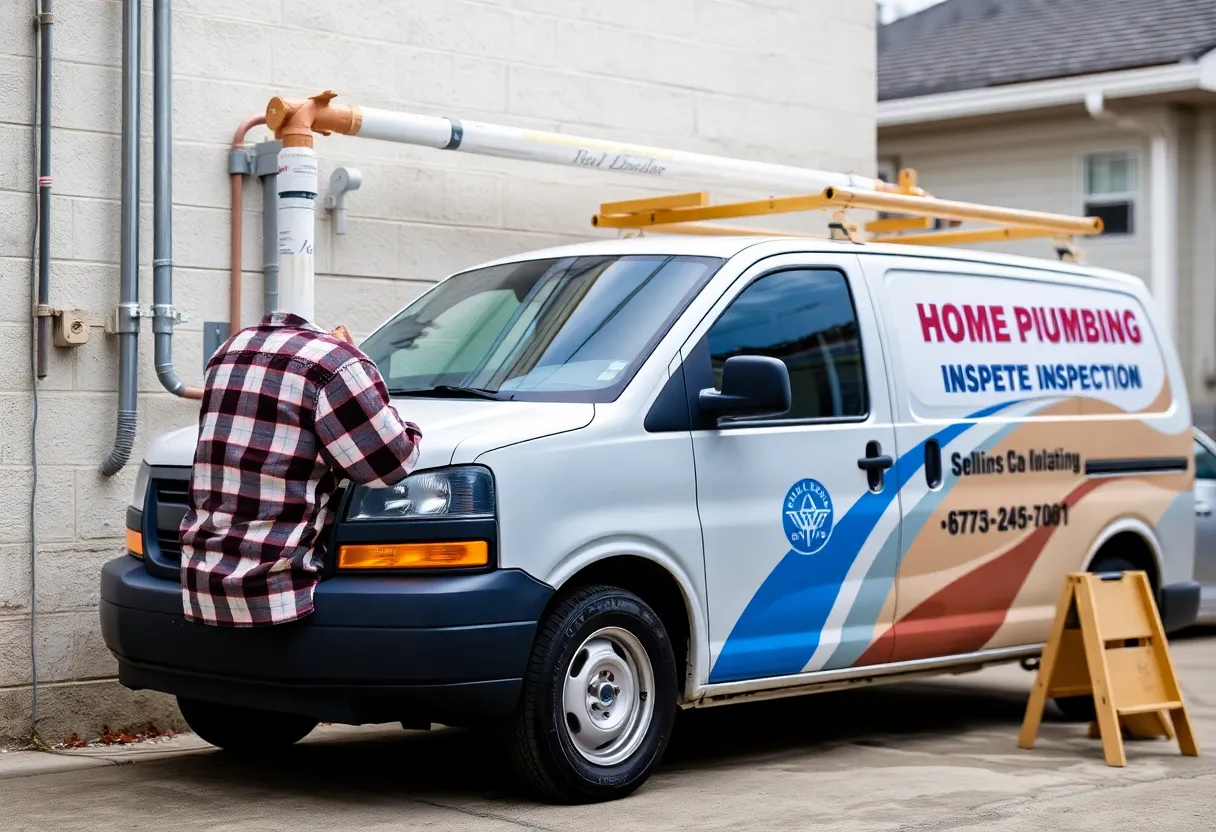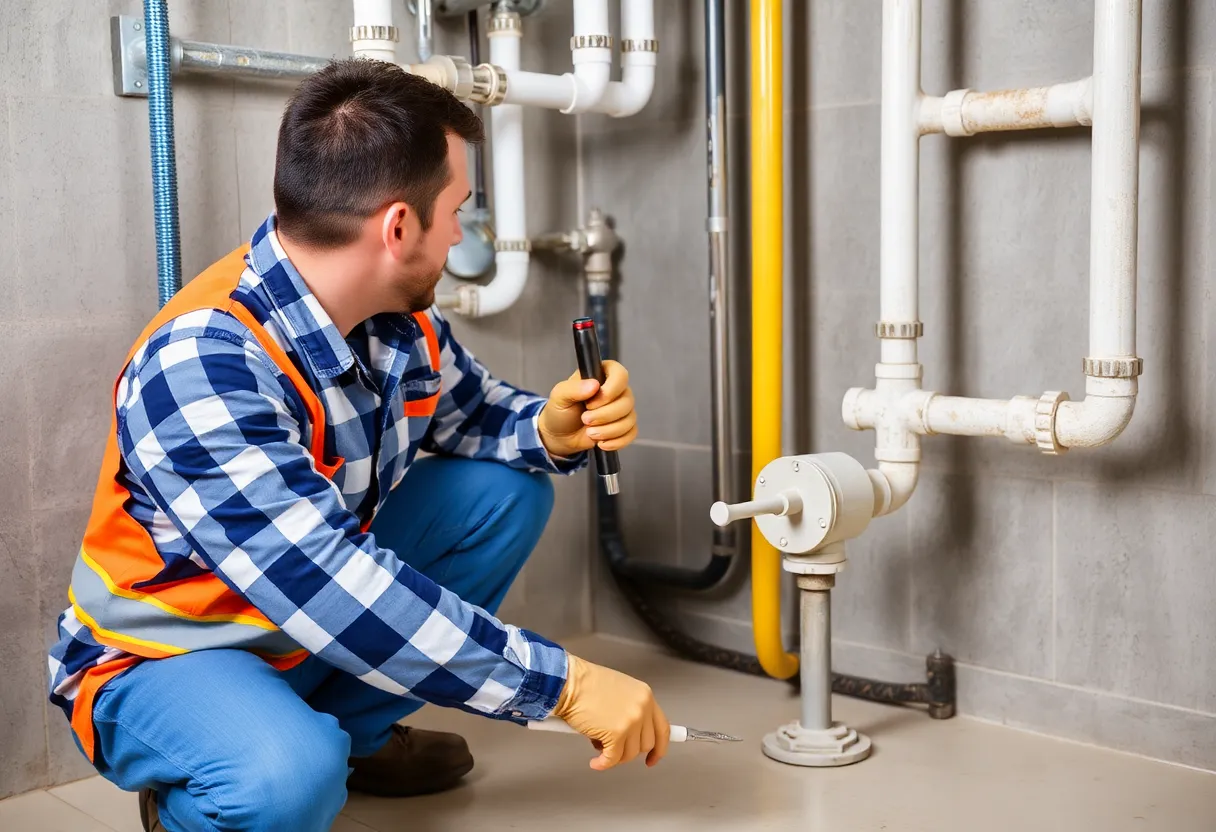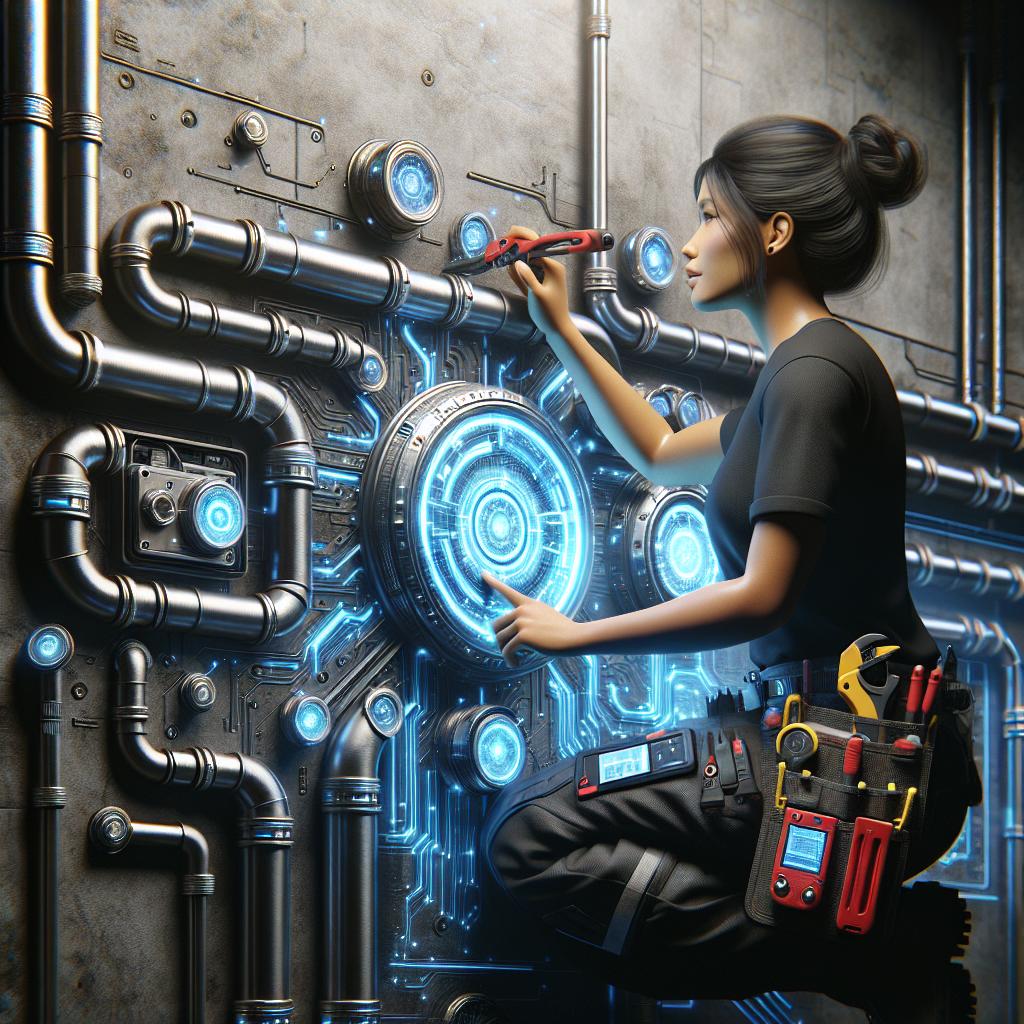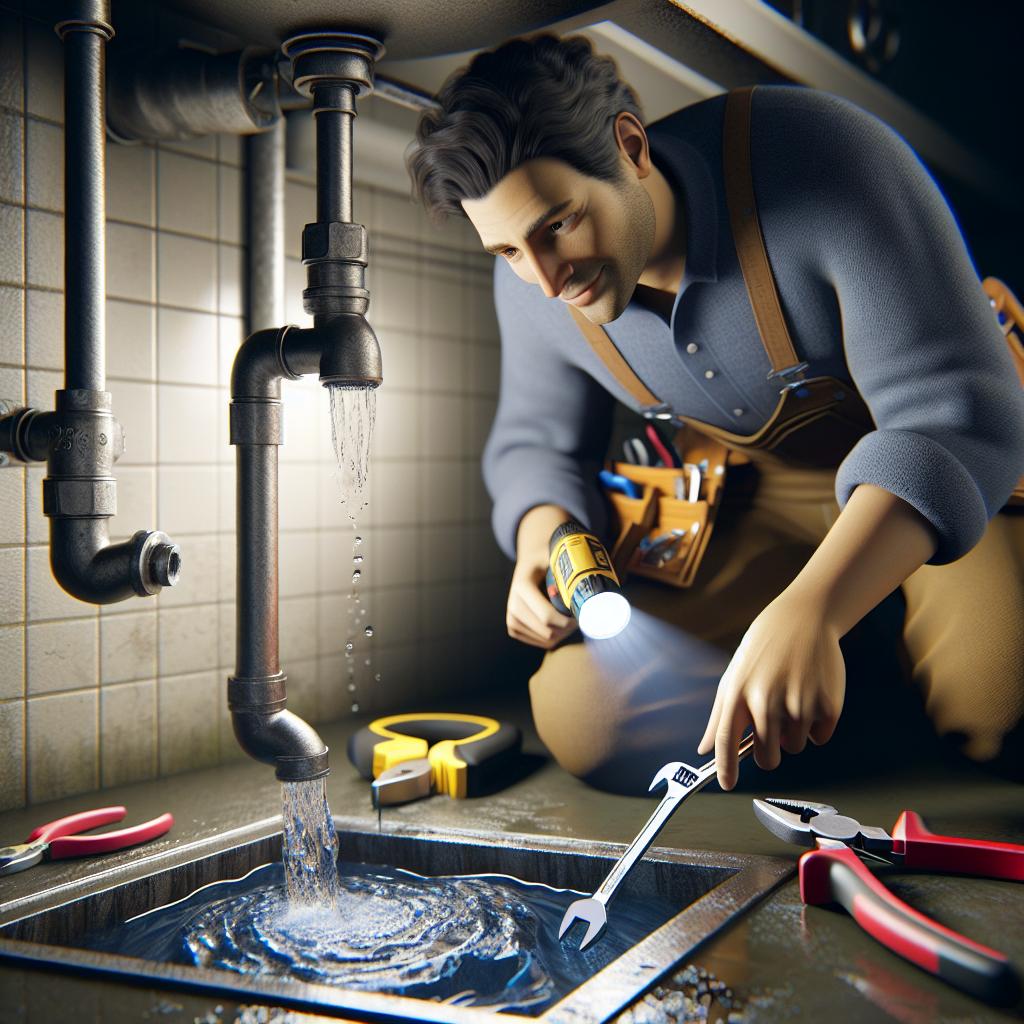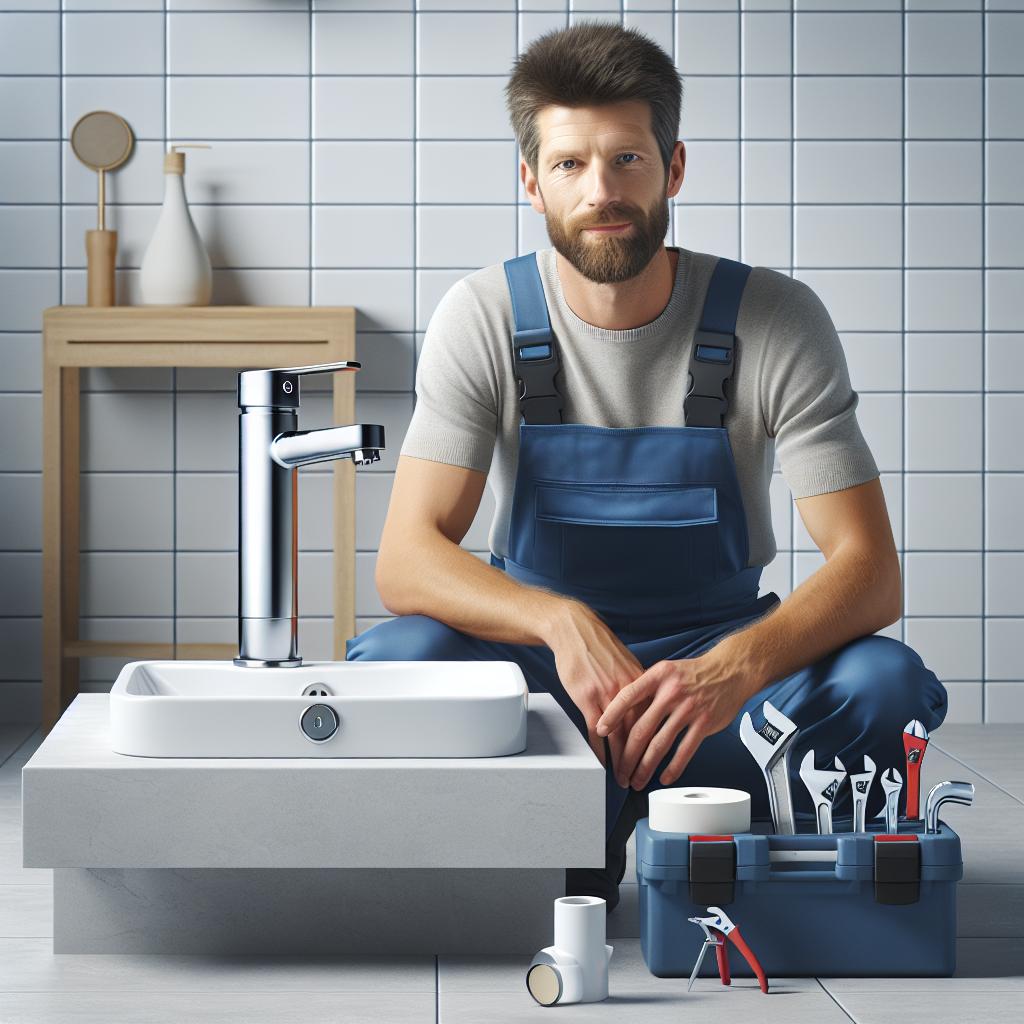The Plumbing Puzzle: 7 Effective Strategies to Tackle Hidden Water Waste in Your Home
Water is essential for life, yet many homeowners inadvertently waste a significant amount of it due to hidden leaks and inefficient plumbing systems. In fact, billions of gallons of water are wasted each year from undiscovered leaks throughout homes across the country. This article will guide you through *seven effective strategies* to uncover and address hidden water waste in your home, ensuring you conserve this precious resource and reduce your water bill.
Understanding Water Waste in Your Home
Water waste can occur in numerous ways, often without the homeowner’s knowledge. *Hidden leaks* are typically found in pipes hidden behind walls, under floors, or within basements. These leaks can not only lead to increased water bills but also contribute to significant structural damage if left undetected. Additionally, inefficient fixtures and appliances can greatly amplify water usage. Addressing these issues should be a priority for every homeowner.
1. Conduct Regular Audits
The first step in tackling hidden water waste is conducting a thorough audit of your plumbing systems.
Inspect Fixtures and Appliances
Start by inspecting all visible plumbing fixtures, such as faucets, toilets, and showerheads. Look for any visible signs of leakage, such as moisture around the base or dripping water. Also, take note of the age of your appliances; older models are often less efficient and may contribute to increased water usage.
Check Your Water Meter
To discover hidden leaks, turn off all water-using appliances in your home for a few hours and then check your water meter. If the meter is still registering usage during this time, it is indicative of a leak somewhere in your system. Note down the readings and monitor them over time to track any discrepancies.
2. Use Dye Tests for Toilets
Toilets are one of the most common sources of hidden water waste in homes. They can leak silently, leading to substantial water loss.
How to Perform a Dye Test
To perform a dye test, add a few drops of food coloring or a dye tablet to the toilet tank. Wait approximately 30 minutes without flushing. If you see color in the bowl, you have a leak that needs addressing. This simple test costs little and can save you from wasting thousands of gallons of water.
3. Install Water-Saving Fixtures
Many older homes are equipped with outdated fixtures that contribute to unnecessary water waste. Upgrading to modern, water-efficient options can significantly reduce your household’s water consumption.
Low-Flow Toilets and Showerheads
Consider replacing old toilets with *low-flow models* designed to use significantly less water per flush. Similarly, installing *water-efficient showerheads* can reduce water flow without compromising on pressure, conserving more water during your daily routines.
Faucet Aerators
Adding *aerators* to your kitchen and bathroom faucets can also lower water flow while maintaining functionality. These inexpensive devices mix air with water to reduce the amount of water you use without sacrificing performance.
4. Monitor Seasonal Water Usage
Seasonal changes can bring about fluctuations in water usage, affecting your monthly bills. By monitoring your water usage throughout the year, you can better identify any unusual spikes that may indicate hidden leaks.
Keep a Water Usage Log
Documenting your monthly water bills can help pinpoint trends. If you notice a sudden increase in usage during months where you typically use less, it may indicate a leak that needs to be addressed.
Be Wary of Lawn Watering Practices
Homeowners should also factor in their outdoor water use, especially during hot seasons when lawn care can lead to excessive water consumption. Make sure your irrigation systems are functioning properly and consider implementing drip irrigation or rain sensors to optimize water use.
5. Invest in a Leak Detection System
Modern technology offers smart solutions to tackle hidden leaks before they worsen. Leak detection systems can monitor your plumbing systems continuously.
How Leak Detectors Work
These systems use sensors placed near water sources to detect unusual moisture levels. When a leak occurs, the system alerts homeowners via smartphone notifications or alarms, providing an early warning that can save water and often considerable repair costs.
Pros and Cons
Though there can be an upfront cost associated with these systems, their value in preventing water damage and waste can be substantial, making them a wise long-term investment.
6. Regular Maintenance Checks
A proactive approach is key to identifying potential plumbing issues. Regular maintenance checks can help catch leaks before they turn into more significant problems.
Professional Inspections
Consider hiring a professional plumber to perform annual inspections of your plumbing systems. They can identify wear and tear, check for hidden leaks, and suggest necessary repairs or upgrades.
DIY Maintenance
Additionally, homeowners can educate themselves on basic plumbing maintenance. Tasks such as changing washer seals in faucets, tightening loose connections, and cleaning aerators can help prevent leaks and ensure systems run efficiently.
7. Educate Your Household
Finally, it is essential to involve all members of your household in water conservation efforts. Educating everyone about the significance of preserving water can lead to collective action.
Creating Awareness
Discuss ways to reduce water usage daily, such as turning off the tap while brushing teeth, taking shorter showers, and reporting any plumbing issues promptly. Making it a family effort will increase accountability and ultimately reduce water waste.
Gamify Water Conservation
Consider implementing a gamified approach where family members can track their water usage and compete for who can use the least amount of water during specific activities. This can foster a sense of responsibility and achievement.
Conclusion
Addressing hidden water waste in your home is essential not only for conserving a valuable resource but also for reducing potential damage and expenses. By following these *seven effective strategies*, homeowners can uncover leaks, improve plumbing efficiency, and foster a culture of water conservation within their households. By taking these proactive measures, you can make a significant difference in reducing your water waste and increasing the sustainability of your home.
Frequently Asked Questions (FAQ)
What should I do if I suspect a leak in my home?
If you suspect a leak, perform a water meter check when no water is in use, and consider dye testing toilets to confirm suspicions. If you are unable to locate the source of the leak, it may be time to contact a professional plumber.
How often should I check for hidden leaks in my home?
It is advisable to inspect your plumbing system and water fixtures at least once a year. Regular maintenance checks can help identify issues proactively before they worsen.
Can I reduce water usage with my existing fixtures?
Yes, implementing solutions such as faucet aerators or low-flow showerheads can significantly improve efficiency without the need for complete fixture replacements.
What are the benefits of installing a leak detection system?
Leak detection systems can save money by identifying leaks before they escalate into larger issues that may lead to water damage and costly repairs. They provide peace of mind through continuous monitoring of plumbing health.
Is it worth it to upgrade to newer, water-efficient appliances?
Upgrading to modern, water-efficient appliances and fixtures can result in substantial water and cost savings over time. The initial investment can lead to lower water bills and enhanced home sustainability.
